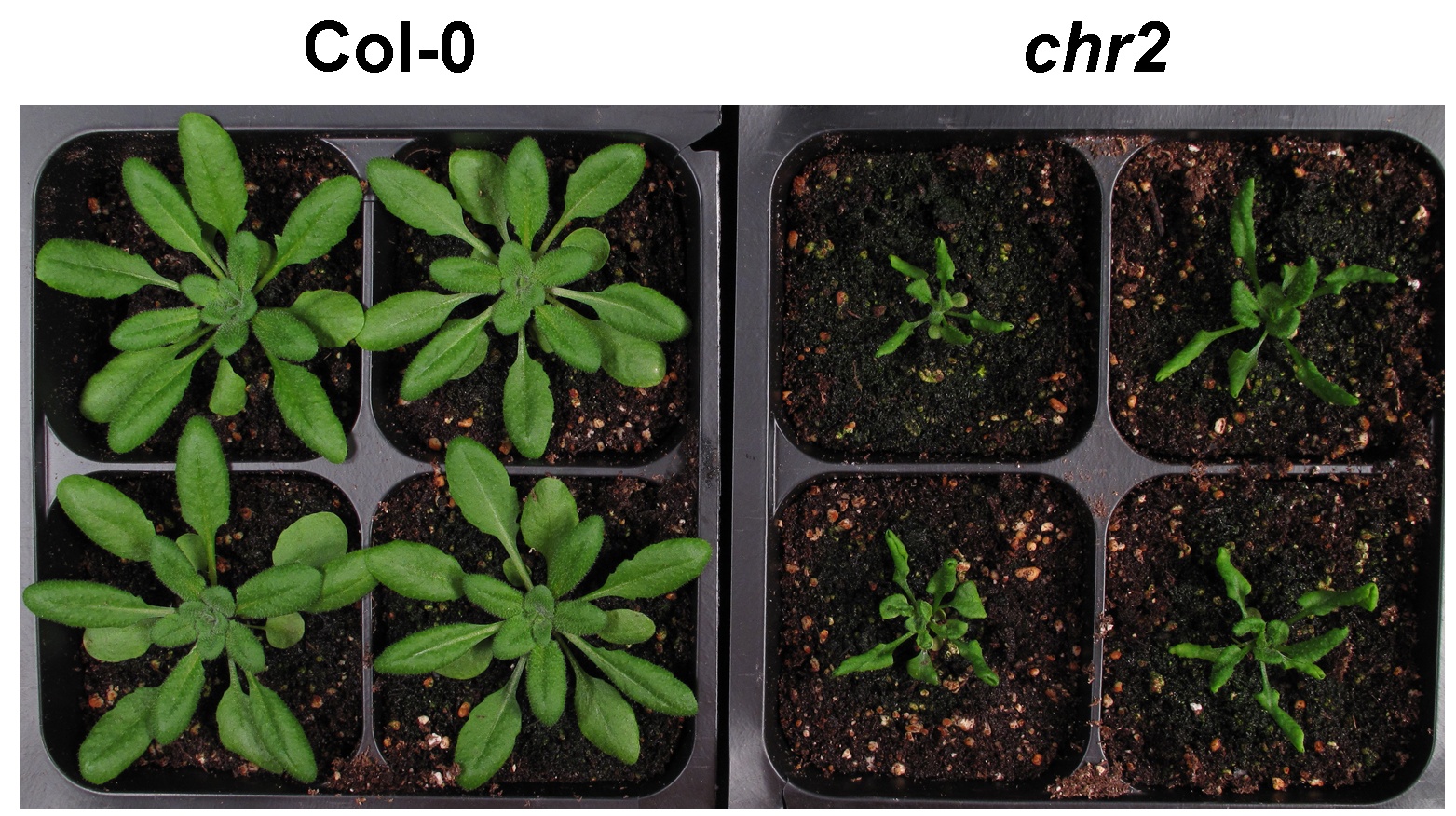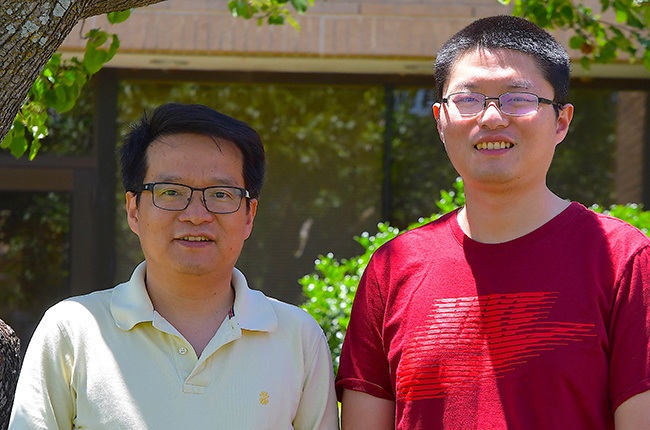New Insights On A Protein Complex Could Lead To Improved Therapies For Plants And Humans

A team of Texas A&M and Texas A&M AgriLife Research scientists now have a deeper understanding of a large switch/sucrose non-fermentable (SWI/SNF) protein complex that plays a pivotal role in plant and human gene expression that causes life-threatening diseases such as cancer.
Their findings could lead to more targeted therapies and help with physiological improvements in both crops and animal agriculture. The work may provide a new idea to manipulate the functions of this protein for a better therapeutic strategy for curing human cancers.
Drs. Xiuren Zhang and Dr. Zhiye Wang, along with a team of scientists in the department of biochemistry and biophysics and Institute for Plant Genomics and Biotechnology at Texas A&M University in College Station have had their findings published online as a full article in the journal, Nature.

The team has been working for years on how microRNAs are produced in the model plant Arabidopsis. MicroRNAs are tiny regulatory RNA molecules widely present in multicellular organisms. In humans, microRNAs inhibit more than 60 percent of human genes and are actively exploited as potent drugs to cure human diseases, according to the scientists.
In plants, the molecules can also control many aspects of life such as plant architecture, and responses to hostile environmental conditions. MicroRNAs are also widely engineered in agricultural crops and animals for better yield and quality.
MicroRNAs are produced in a factory inside cells from long substrates that can be hundreds or thousands of bases and also contain a distinct hairpin-structure. The factory contains a scissor-like enzyme called Dicer, and some assistants that help to fetch the long substrates. One of the assistants is known as Serrate protein, Zhang said.
“Also, the shape of the substrates is very critical for microRNA production,” Zhang said. “If the shapes are changed, then the substrates do not fit the Dicer scissor and can not be cut, and microRNAs are not made.”
“We are interested in finding whether there are other workers in the factory,” Wang said. “We used Serrate protein as a fishing bait to catch the prey; and we caught chromatin-remodeling factor 2 (CHR2).”
CHR2 is a SWI2/SNF2 motor protein with ATPase activity, Wang said.
“It also has a nickname Braham, after a creator God in Hinduism that has four heads and multiple arms, representing brilliancy and power,” he said.
Wang said CHR2 is essential for producing RNA from DNA templates because its ATPase activity breaks down ATP to generate energy.
“It loosens chromatin where DNA is packed so that RNA-producing enzymes can now access the DNA templates to make RNAs including the long substrates for microRNAs,” Wang said. “This is really surprising. We asked, why does CHR2 leave its own home in the chromatin and elope with Serrate into the microRNA producing factory?”
###
Continue reading on AgriLife Today.



